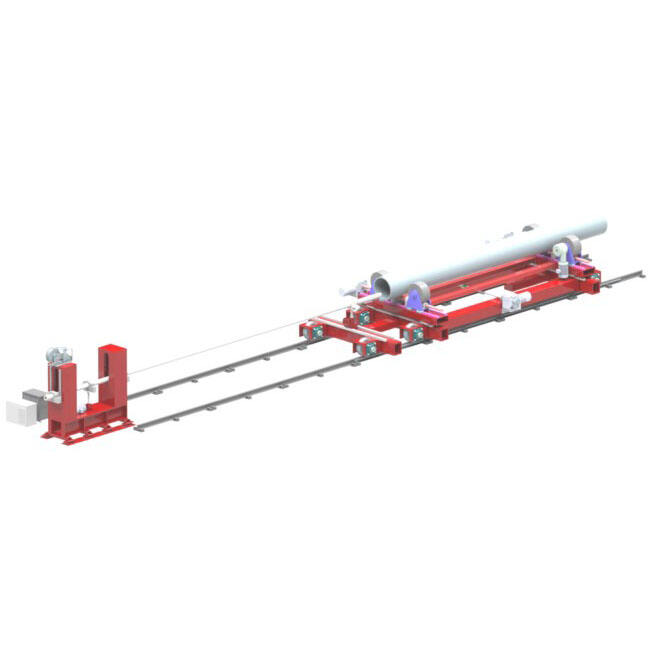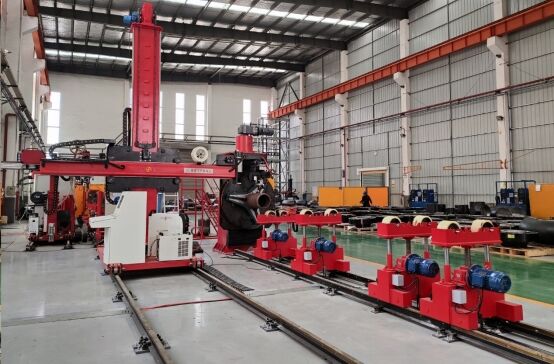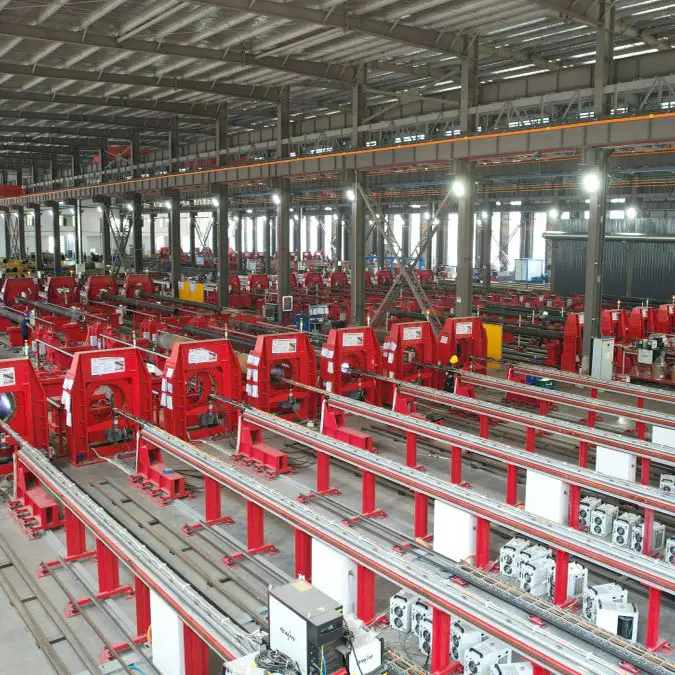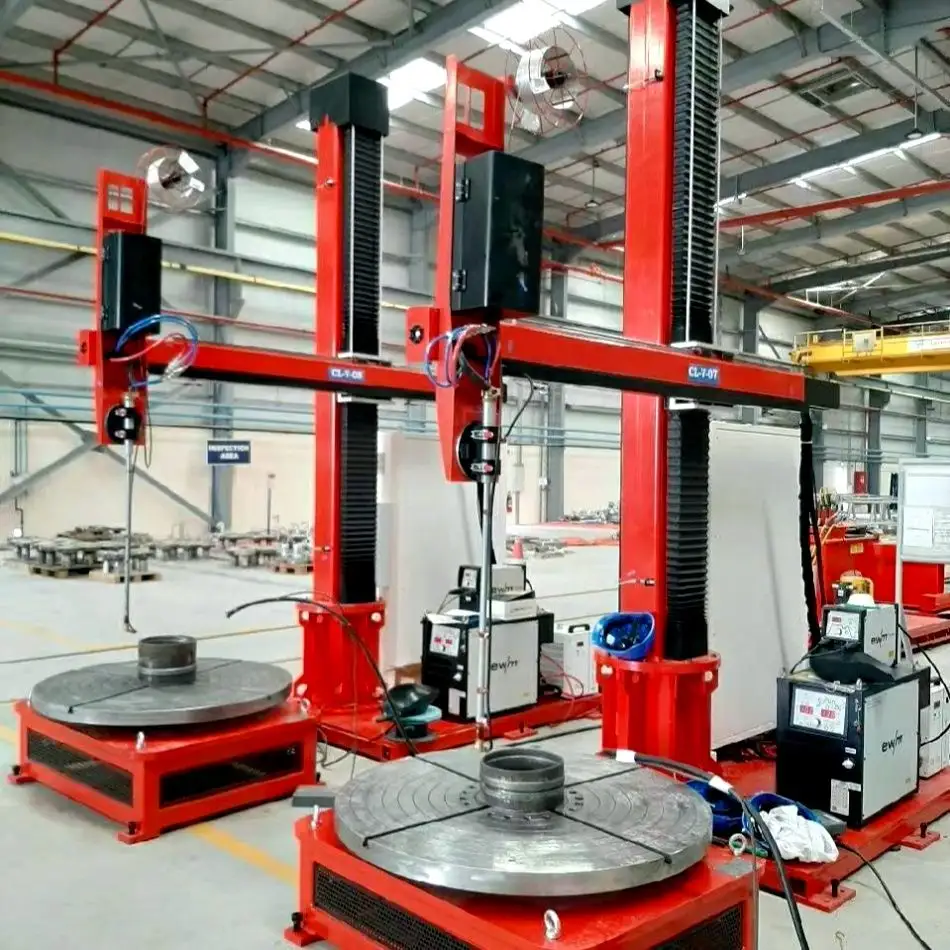horizontal bore cladding system
The horizontal bore cladding system represents a revolutionary approach to protective surface treatment in industrial applications. This advanced system utilizes precision engineering to apply protective coatings to cylindrical surfaces through a horizontal boring process. The system combines automated control mechanisms with sophisticated material delivery systems to ensure uniform coating application across various bore diameters. At its core, the system employs a rotating applicator head that moves along the horizontal axis, depositing carefully measured amounts of cladding material onto the internal surfaces of pipes, cylinders, and other tubular components. The technology incorporates real-time monitoring systems that maintain consistent coating thickness and quality throughout the application process. This system is particularly valuable in industries requiring high-precision surface protection, such as oil and gas, petrochemical processing, and heavy manufacturing. The horizontal bore cladding system can accommodate a wide range of bore sizes and lengths, making it versatile enough to handle various industrial applications. The process is fully automated, reducing human error and ensuring repeatable results across multiple applications. Advanced sensor systems continuously monitor the cladding process, adjusting parameters in real-time to maintain optimal coating conditions.

 EN
EN
 AR
AR BG
BG HR
HR CS
CS DA
DA NL
NL FI
FI FR
FR DE
DE EL
EL HI
HI IT
IT JA
JA KO
KO NO
NO PL
PL PT
PT RO
RO RU
RU ES
ES SV
SV TL
TL IW
IW ID
ID LT
LT UK
UK SQ
SQ HU
HU TH
TH TR
TR FA
FA AF
AF CY
CY MK
MK LA
LA MN
MN KK
KK UZ
UZ KY
KY




